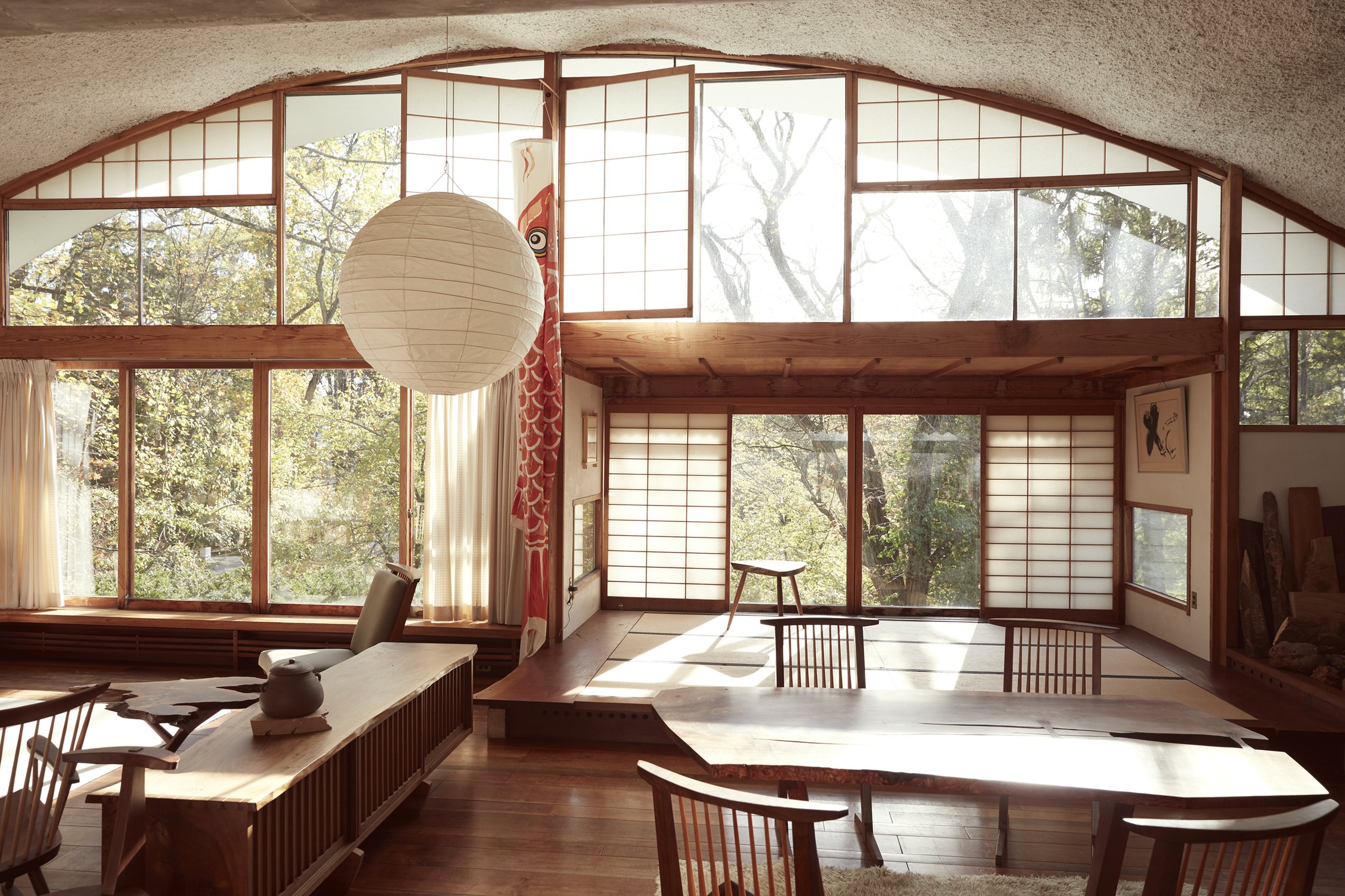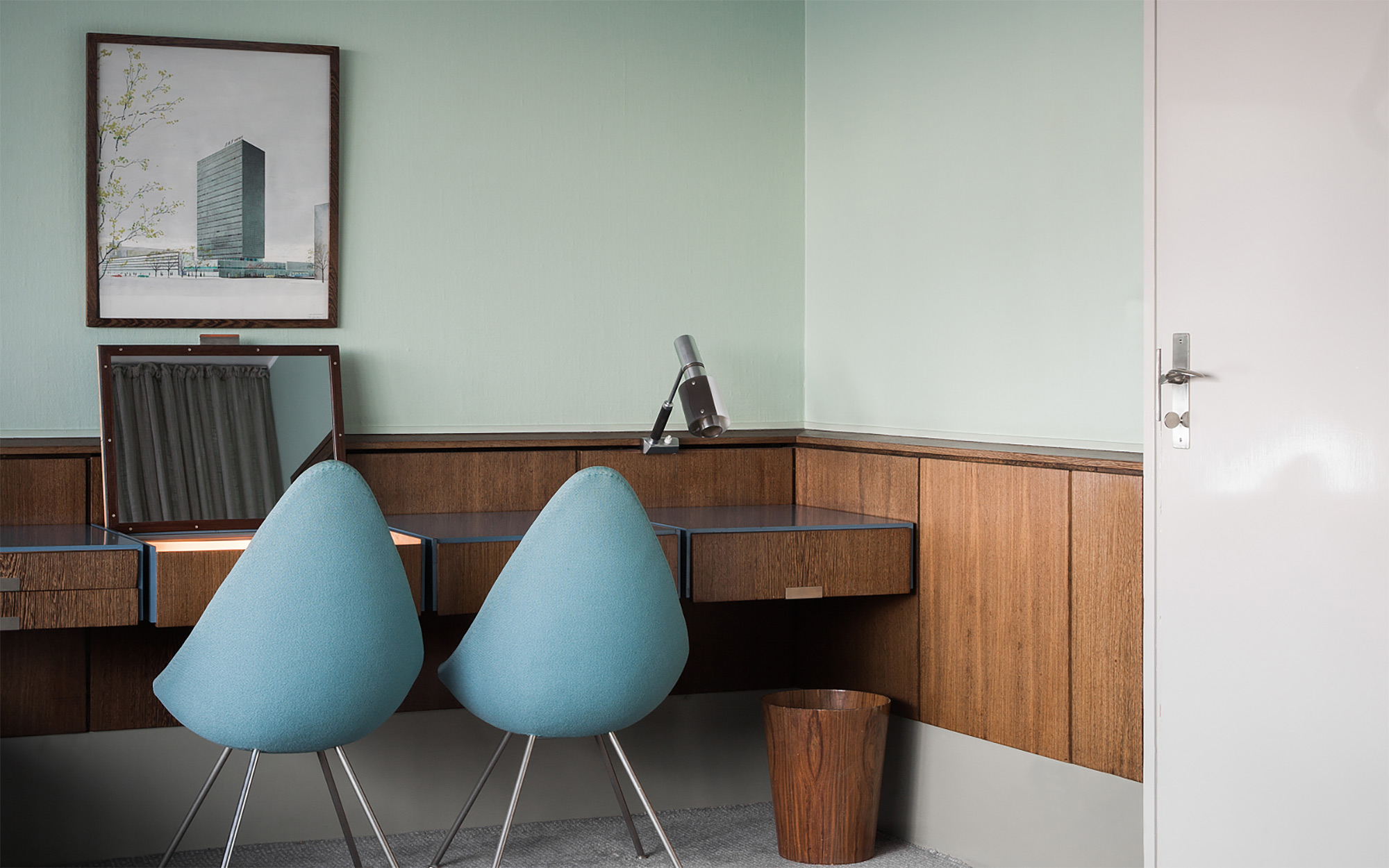A new book from Phaidon reflects on the forms, figures, and quiet radicalism of modern design’s golden age
It’s easy to associate midcentury design with visual cues: clean lines, warm woods, low silhouettes, the occasional flash of primary color. But beneath the surface—beyond the walnut credenzas and tubular chairs—is a movement shaped by recovery, optimism, and a desire to rebuild through form. Mid-Century Modern Designers, a new release from Phaidon, invites readers to look more closely at the period and its quiet revolutions. Rather than nostalgia, the book offers a kind of living archive—filled with over 300 designers whose work reshaped the way we sit, light, touch, and move through space.
Authored by design journalist Dominic Bradbury, the book reads like a reference guide with depth. It’s structured as an A–Z, but it resists feeling alphabetical. Alvar Aalto, Charlotte Perriand, Dieter Rams, and Charles and Ray Eames are all here, of course. But they sit alongside less familiar names—regional voices, experimental minds—each with their own approach to the era’s defining balance between form and function. The tone is factual but curious, letting the objects do much of the talking: Kay Bojesen’s wooden monkey, Gae Aulenti’s Pipistrello lamp, Richard Sapper’s hairdryer for San Giorgio—all given space to be more than iconic images.
While the movement often feels rooted in postwar Europe and America, Mid-Century Modern Designers stretches the lens further: Brazil, Mexico, Japan, Australia. Each region brought its own sensibility—vernacular materials, local craftsmanship, and different scales of production—yet the shared undercurrent remains: a commitment to accessibility, clarity, and tactility. That throughline feels especially relevant now, in a design culture that’s circling back to warmth, character, and a certain kind of made-to-last joy.

George Nakashima, The Conoid Studio and Nakashima furniture, 1959. Photograph by Martien Mulder. Courtesy of George Nakashima Woodworkers

Arne Jacobsen, SAS Royal Hotel Room 606, Copenhagen, 1960. Photograph by Pernille Klemp. Courtesy of Designmuseum Danmark

















